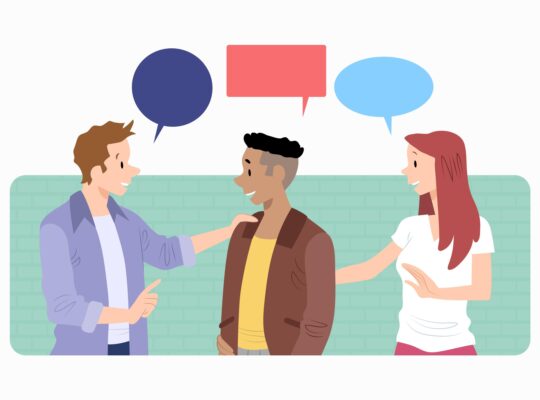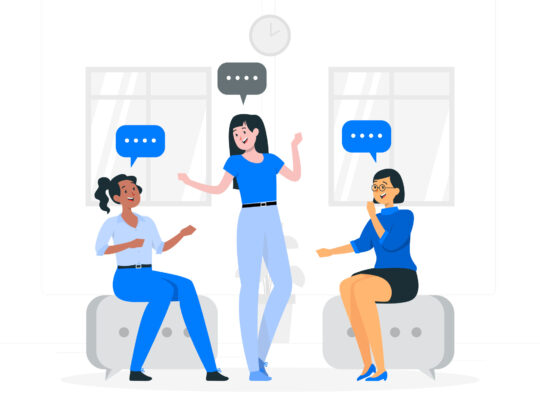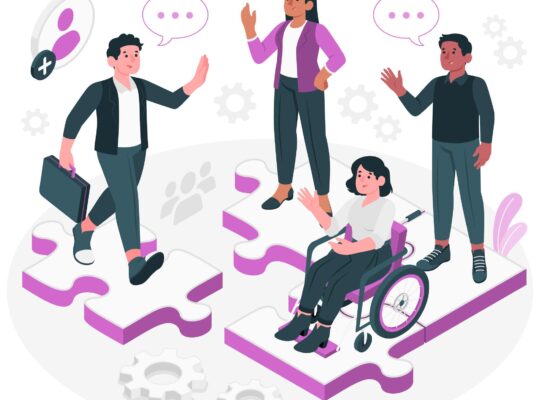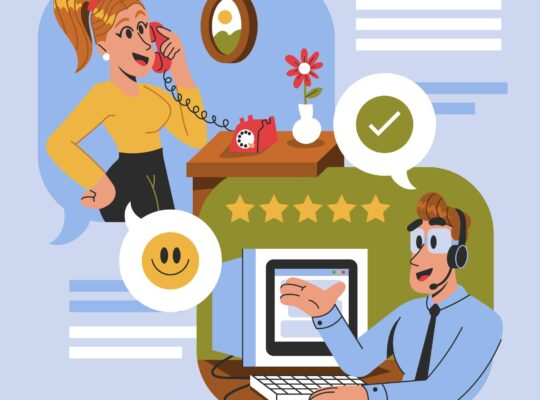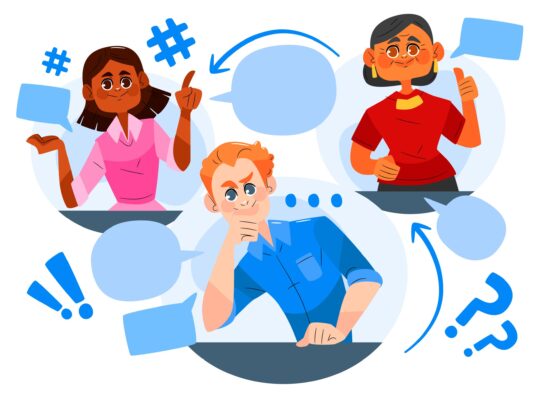| Talking to Customers | ||
| Instructor: Noah Fleming | ||
| Released: 10/28/2021 | Course Details 32m Beginner | |
| Skills Covered Customer Communication Professional Communication | Course Link | |
| Professional Certifications and Continuing Education Units (CEUs) N/A | ||
The Fundamentals of Talking to Customers
Tone matters
The way we say something says a lot.
Tone is everything.
Improve Your Tone
- Begin conversations positively. Greet customers warmly.
- Apologize if necessary. (not an admission of guilt – use it to diffuse a situation)
- Smile, even if on the phone.
Strive for empathy without being condescending or disingenuous.
Make sure to watch your tone, even over text communication. Use simple wording and keep an event one.
Speak their language
Your job is to help them achieve what they want.
Resolve a Tense Situation
- Try to calm down and stay calm (don’t match the customers angry behaviour)
- Mirror your customer emotionally
Mirror the Customer
- “Look, I get it”
- “I would feel the same way if this happened to me.”
- “Let’s work to find a solution”
The key to mirroring is about matching emotion more than physicality.
Positive attitude and personality
Succeed in Customer Interactions
- Maintain a natural, friendly disposition
- Adopt an upbeat or positive personality
- Develop comfort engaging in conversation
Enhance Your Customer Interactions
- Understand that it’s not personal.
- Keep the situation in perspective.
- Don’t be so serious all the time.
Brevity over depth
Customers appreciate brevity.
Brevity:
Getting to the point or the heart of the matter quickly.
Communicating with brevity gives you a good image and increases trust.
Practice Your Brevity Skills
- Get to the heart of the matter quickly.
- Use shorter sentences and words.
- Focus on the essential details.
Focus on results
Sales
The customer has a need to be met
Customer Service
The customer has a question or concern to be overcome.
If you can make the customer feel cared for, they’re going to be happier.
Focus on the Results
- Discover what the customer wants.
- “Can you explain your situation and I’ll do my best to help you?
- Listen to what they have to say.
- Verify and clarify the situation.
- “I just want to verify I have heard all your concerns accurately…”
You need to be customer focused and results focused.
Adding Value and Avoiding Mishaps
Stop talking and start listening
One of the critical keys to success in all customer relations is the ability to listen.
We’re there to add value.
Add value by knowing when to stop talking and when to start listening.
Behave like a therapist. Listen before you prescribe.
Actively Engage
- Focus on what’s being said
- Close out all other distractions
Ask the right questions
Drive the Discussion to Find a Solution
- Concentrate on what they’re saying
- Ask questions to gain insight
- Make eye contact
“Tell me what’s going on?” or “Tell me what you are experiencing?” – Open-ended questions.
“Is this the first time this has happened?” or “Have you experienced something like this before?” – Close-ended questions.
Practice with a friend or coworker.
The power of body language
90% of how we communicate comes from the tone of our voice and our body language.
Practice Good Body Language
- Consider your posture.
- Smile when speaking.
- Make direct eye contact.
- Don’t cross your arms.
- Don’t eat or drink while talking.
When on a video call, sit up tall, smile, and stay focused.
Avoid conversation killers
- Don’t be too scripted (apathy) – instead show empathy and ask questions for clarity
- Show some enthusiasm to help them and get them what they need.
- Don’t say:
- “No, sorry we don’t take returns.”
- Try – “Yes, I understand your frustration with our policy and I’m sorry it doesn’t work for you”. – offer some way of helping/alternatives
- Abstain from making assumptions – ask probing questions
- Be careful with jokes – be sensitive to other people
Ending on a High Note
Handling difficult conversations
Resolve Conflicts Effectively
- Listen to the customer
- Be specific about what actions you’ll take
- Show empathy
Don’t say – “This is not possible”
Try – “It looks as if there are strict rules about this kind of thing, and we have to follow those rules. If I look into the matter more, I’ll be able to get back to you.”
Following up
Clients can fall through the cracks without a follow-up process.
Be Better at Follow-Up
- Make it part of your daily routine.
- Create an action plan.
- Set a follow-up deadline.
Make Follow-Up Easy
- Be realistic with your timeline.
- Stick to your deadlines.
 | Remember! To experience the full benefit of this guide, I highly recommend you watch the full training session. |

